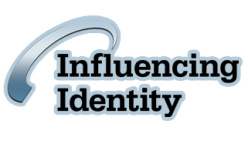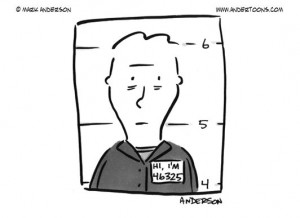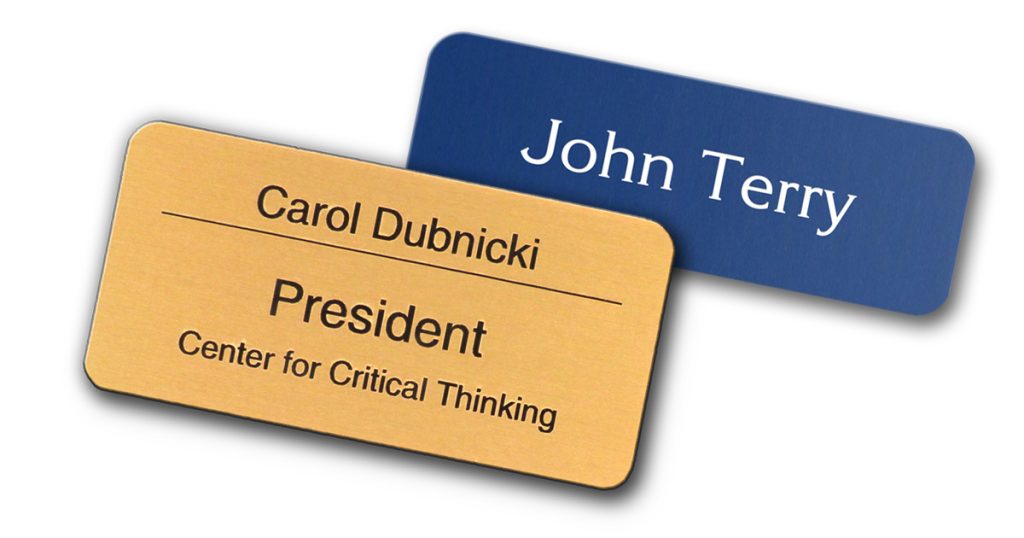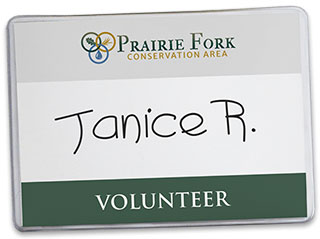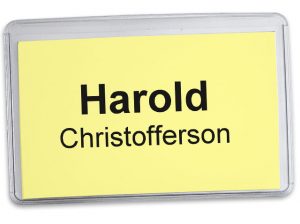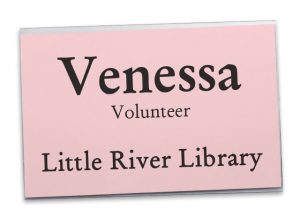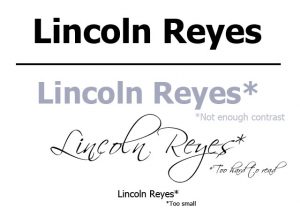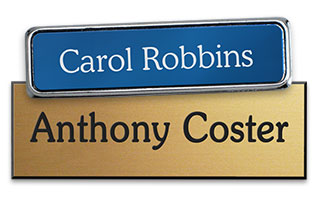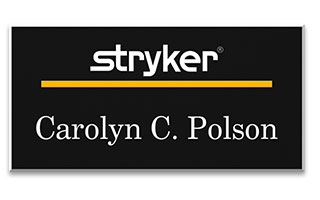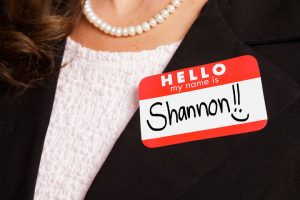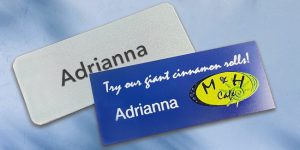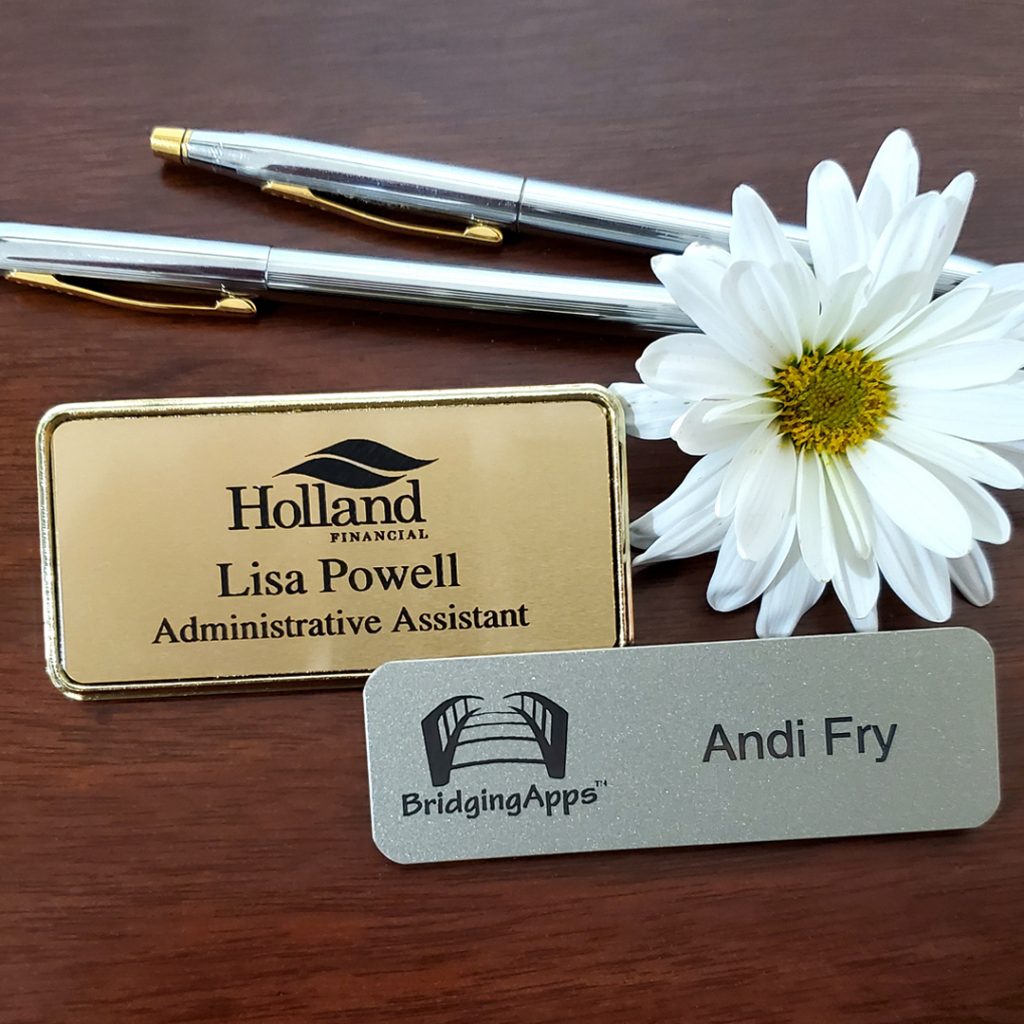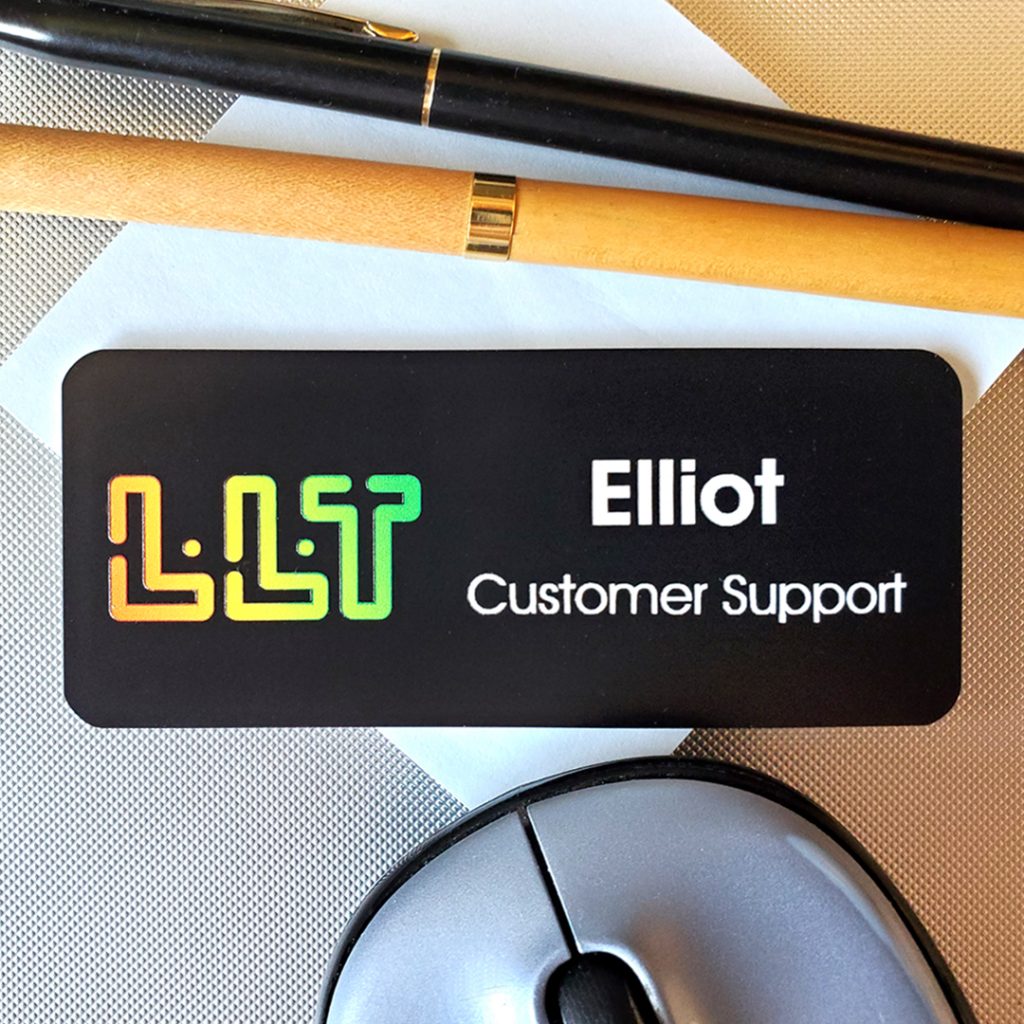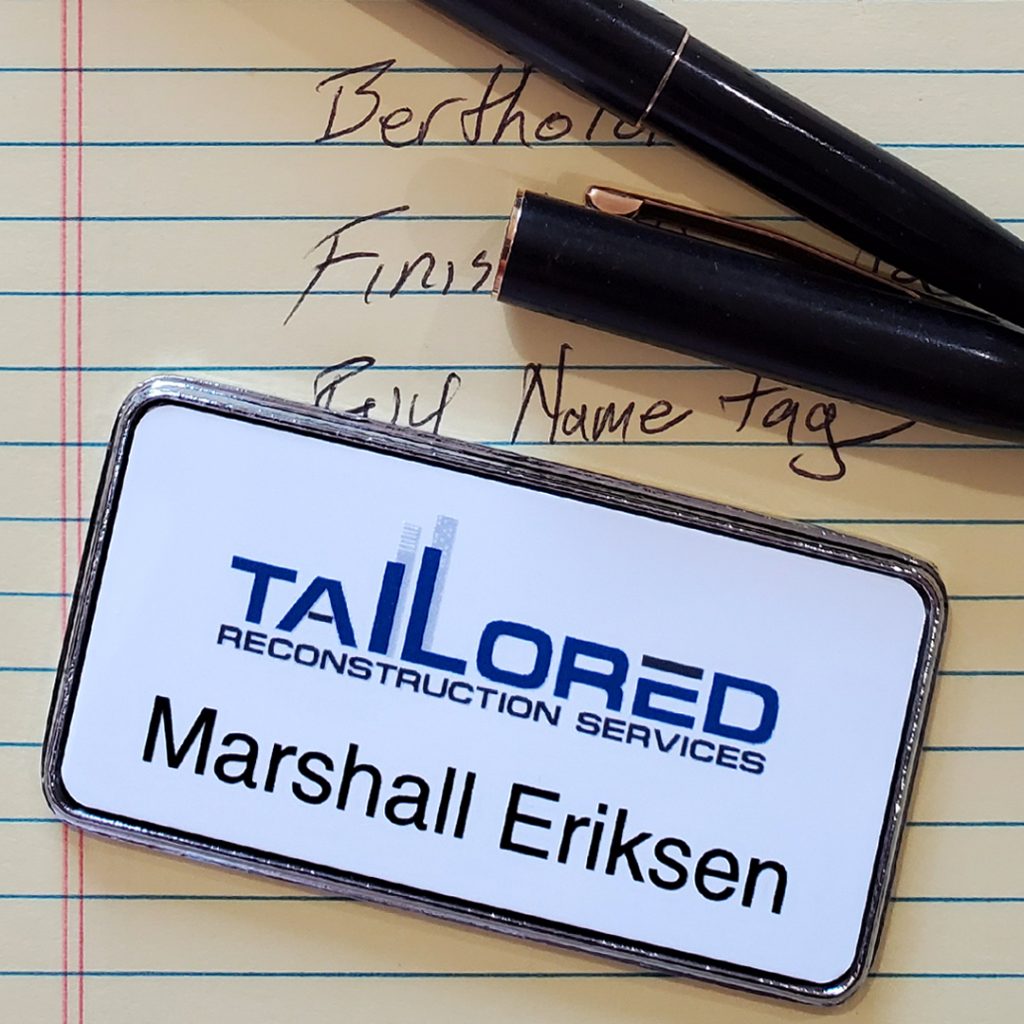When you hear the term “professional image” do you think about how an individual looks and behaves? What about the professional image of a company or organization? Does your company or organization have a good professional image?
Here are eight tips to keep your company’s professional image at its highest level.
By Syndi Seid
1. Maintain regular and professional office hours
Most for-profit businesses maintain set business hours, typically Monday through Friday, 9 a.m. to 5 p.m. Yet when it comes to non-profit organizations, especially when staff and volunteers are lacking, office hours can be erratic. Establish regular hours so your clients, customers, members and most importantly donors will know the best times to reach you, even if you are open only two or three days a week or have limited hours. State them clearly on your voice mail greeting and on your web site.
2. Return all messages received within 24 to 48 hours
Designate one person to monitor emails and voice mails and to return each message within 24 to 48 hours. This way the person will know you care about being responsive in a consistent manner. When an individual is away or the office is closed, attach an auto-reply to your email and change your voice mail greeting to alert callers about when you will be back for return calls. Never leave callers hanging as to when they may ever hear from you.
3. Use well designed letterhead and other printed and online messaging, and write a note or letter correctly
Care enough about your organization’s image when it comes to the stationery and online presence you create. Even more than your personal appearance, websites and printed materials are seen and read over and over again.
- A web site today is a must. You might as well forget opening up shop if you don’t have one. It’s best always to use a professional web designer, but at minimum use an existing design template. A do-it-yourself website is immediately recognizable as such and presents an amateurish and unprofessional image.
- Do not send letters that are improperly folded and appear crooked. It implies sloppiness.
- When a letter is only a few sentences long, do not have it appear at the top of the sheet. Instead, lower the content to be centered on the page.
- Use time honored letter writing skills when addressing a letter or email. Improper punctuation, will show your level of education and professionalism. Knowing how to send letters and emails using a few basic skills will go a long way in presenting a great professional image.
4. Use documented processes (rather than reinventing the wheel)
One of the worst things I see often is how an organization keeps doing the same thing over and over again as though it was a new idea, mainly because the organization didn’t keep notes on past work. Maintain a dedicated journal of meeting minutes and events, describing what went well, what needed improving and new ideas to consider in the future. Especially for special events, keep historical copies of all items used for each event. Then, as staff and volunteers are replaced, or you hire an event planner, these documents will become the most helpful training tool to help learn what to incorporate as best practices and what mistakes not to repeat.
5. Organize and rehearse for meetings and special events
It’s important to respect everyone’s time, no matter if they’re staff, vendors, clients, volunteers or board members for non-profit organizations. One of the most irritating situations (which once caused me to resign from a non-profit board) is the inability of the chair and meeting facilitator to properly plan and run a meeting. At minimum, always have an agenda and distribute it ahead of time so everyone will know what will be discussed and how best they might contribute to the discussions. During the meeting, facilitators must show authority in keeping discussions on point and on time. Distribute the minutes of the meeting as soon as possible to help keep those people who were unable to attend in the loop, and to know what may be expected of them before the next meeting.
When it comes to special events that showcase your company, organization and business, make every effort to make a lasting impression. Plan and script out every detail from the time guests enter the event to the time they leave. Hold at least one rehearsal and walk-through with the event staff to address all situations that might arise. Put yourself in the guest’s position by thinking through how you would like to be treated from start to finish. One event may make the difference between gaining or losing a potential client, customer, donor or member of your organization.
6. Never use, “We’re just a non-profit organization,” as an excuse
What a cop-out! I even hear, “we’re just a small business,” which is equally offensive. Does this truly mean people cannot expect professionalism from a non-profit or small business? Please.
7. Wear appropriate professional business and event attire
It does matter how you look when you appear in the office or attend meetings and events. There is something uplifting whenever I see everyone in an office dressed nicely and displaying good grooming habits. By this I mean no sloppy hair with dandruff, clean well trimmed fingernails, and nice smiles showing clean teeth. It bothers me when I see employees wearing wrinkled, dirty, stained, torn clothes that fit poorly. Their attire is better suited to a backyard.
The clothes people wear at your company are a sign of how much the company cares about its professional appearance, which then transfers to caring about the employees appearance in all other aspects of their work. If a company appears not to care about their own personal appearance, what else might it not care about in its work? Tests have shown when an office is more professionally dressed, productivity and accuracy increases. Also, when you hold an event that specifies a certain attire (example: black tie) everyone attending—staff and board members included—must dress in what is being advertised. Otherwise, you are not holding the event in full integrity. Volunteers should equally be asked to wear specific clothes; perhaps black pants and white shirt or blouse.
8. Say thank you and send professional thank you notes
Say thank you and send thank you notes as often as possible. They show your appreciation and acknowledgment of someone’s work and contributions to the organization. They are the key and at the core of building and sustaining lasting relationships among co-workers, bosses, clients, customers, family, friends and anyone with whom you come into contact. For the best impact, send thank you notes, written by hand and sent by regular mail, within 24 to 48 hours after the event. You can never write too many.
BONUS: One of my biggest pet peeves when attending events is how the organizers print name tags, often at a font size that you cannot read at any distance. What a waste of intention and energy. Name tags are the most critical component to the success or failure of an event. It’s the difference between making or not making important connections by virtue of seeing someone’s name tag at a distance.
QUESTION: What pet peeves do you have about companies and non-profits in terms of their professional image not being as good as they should be?
HAPPY PRACTICING!
Syndi Seid is the world’s leading etiquette trainer, celebrity speaker and founder of San Francisco-based Advanced Etiquette.
Find your logo name tags today!
